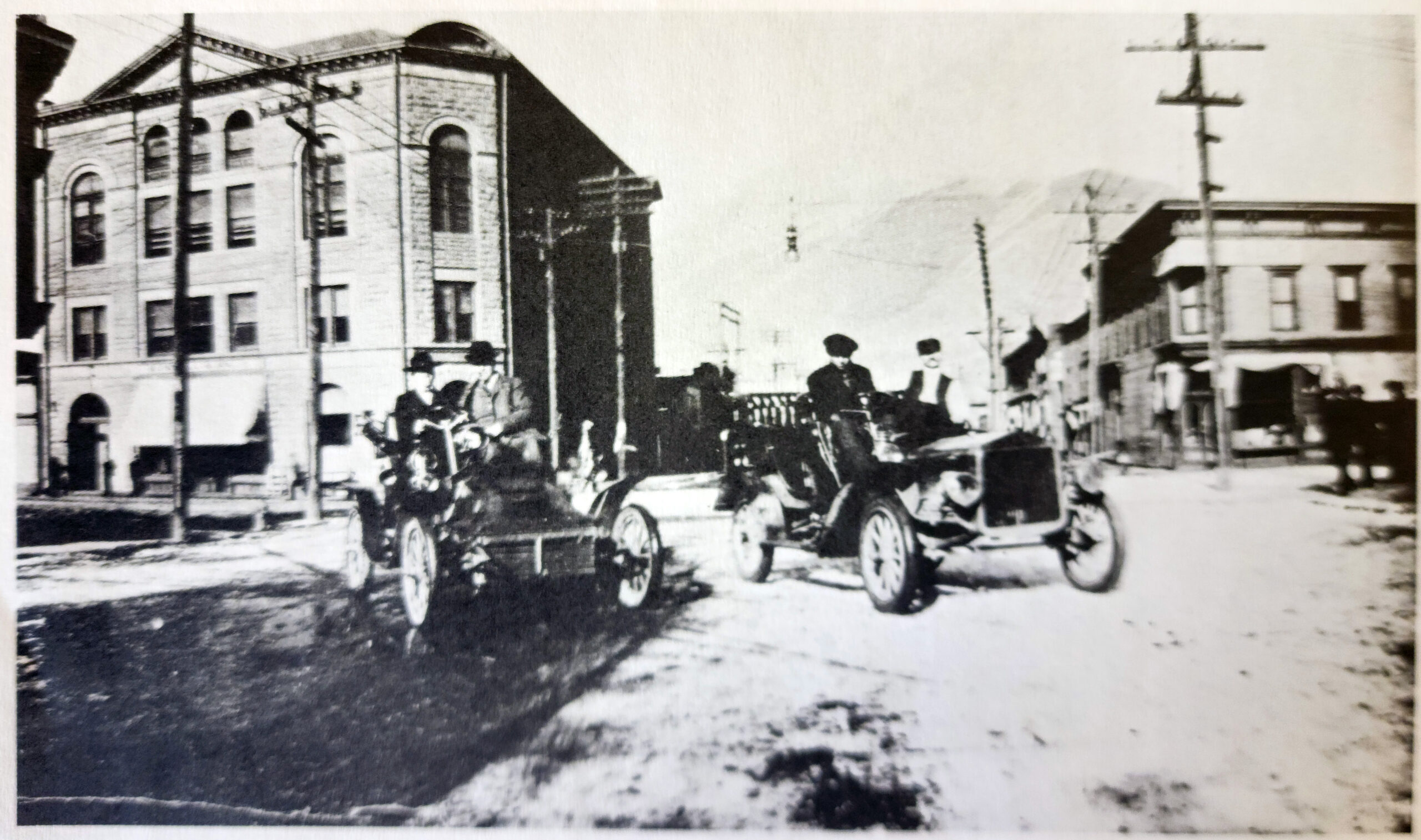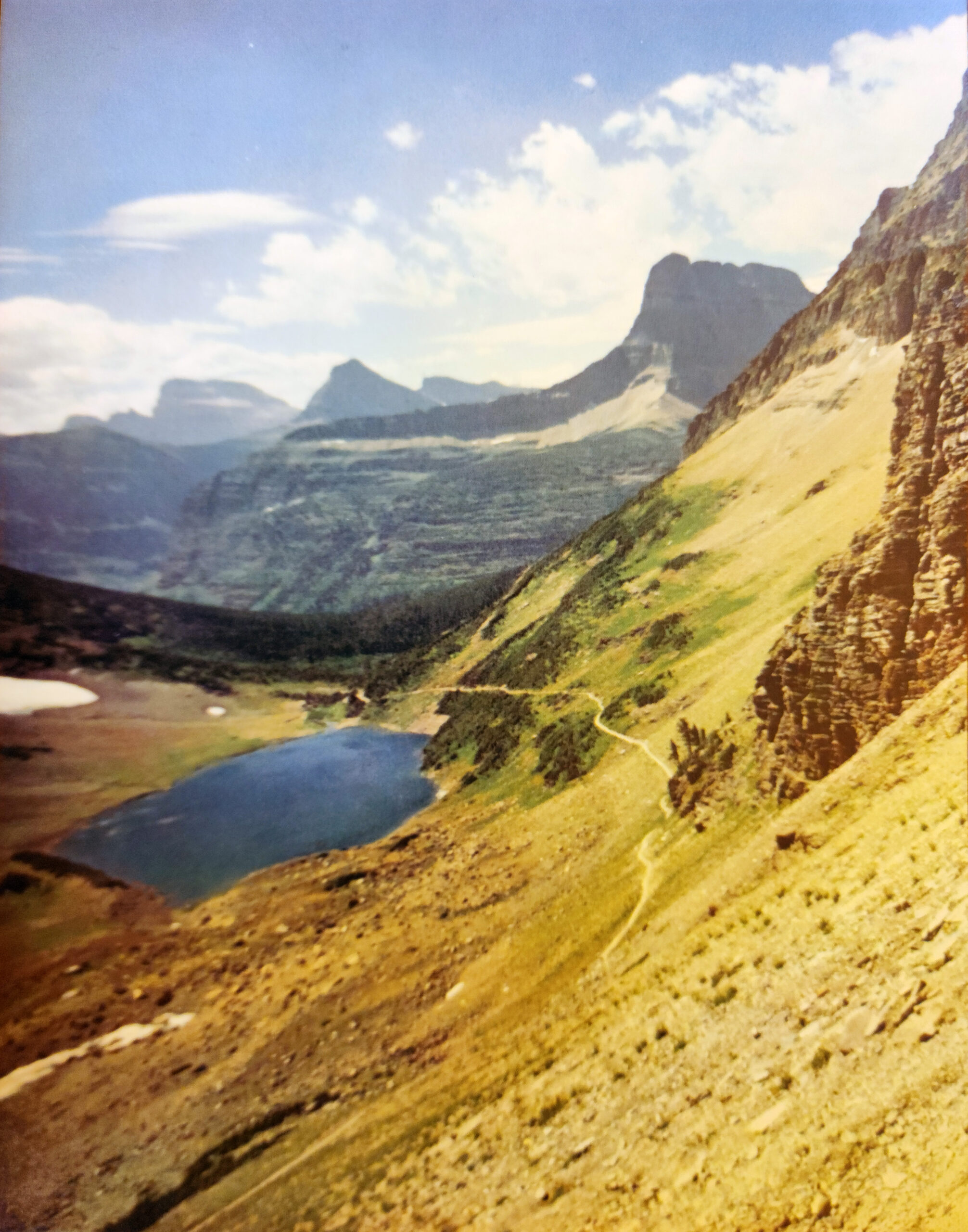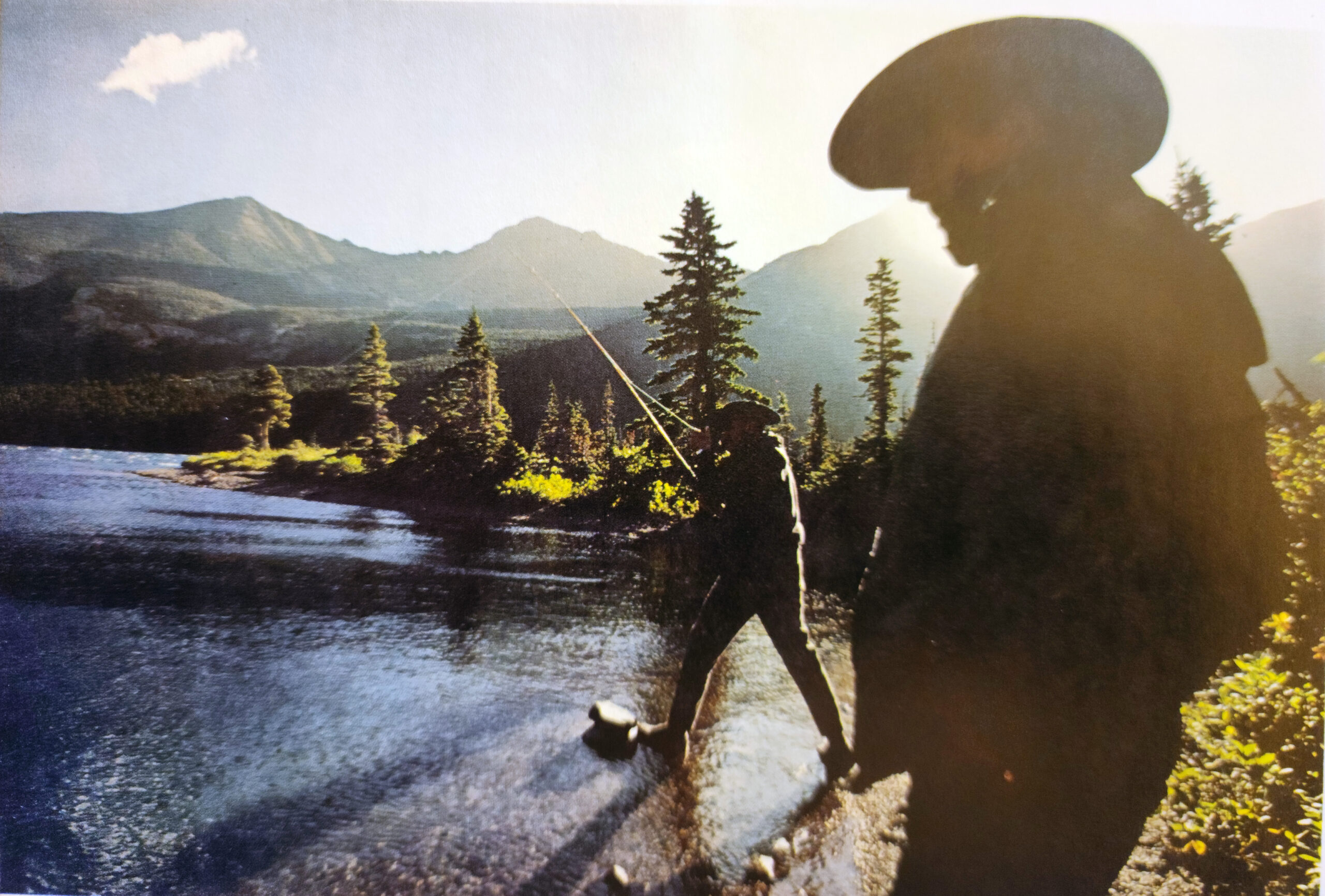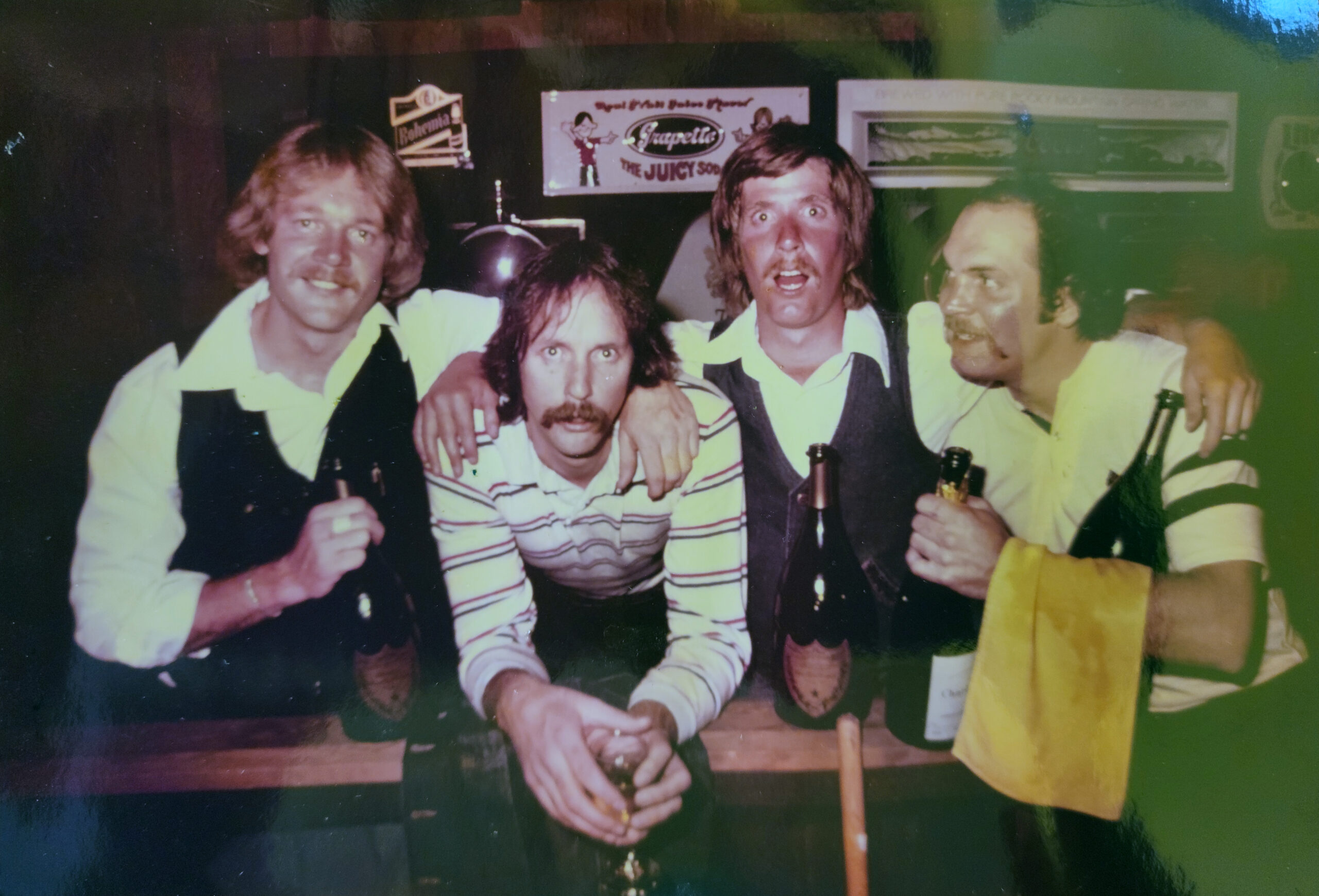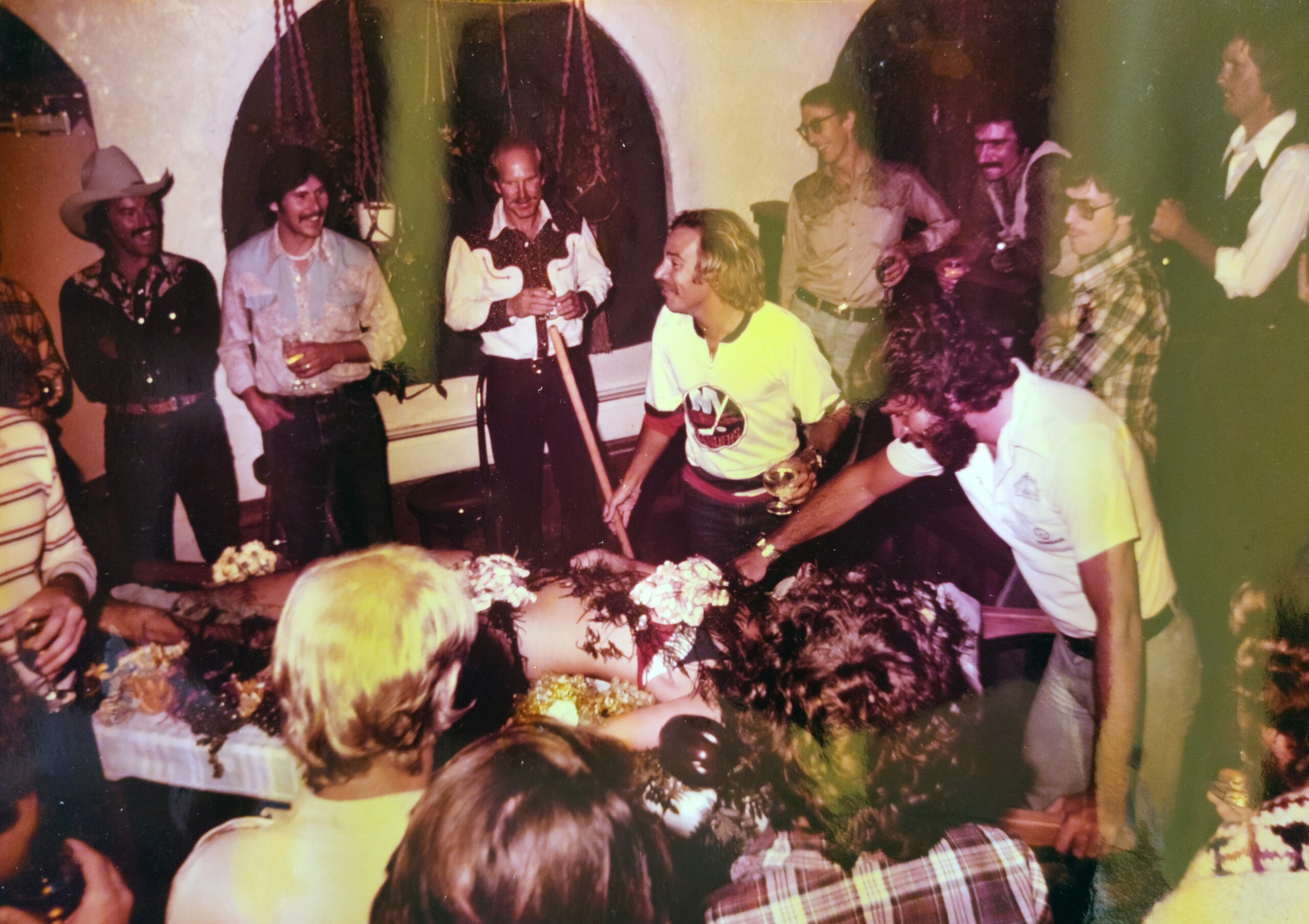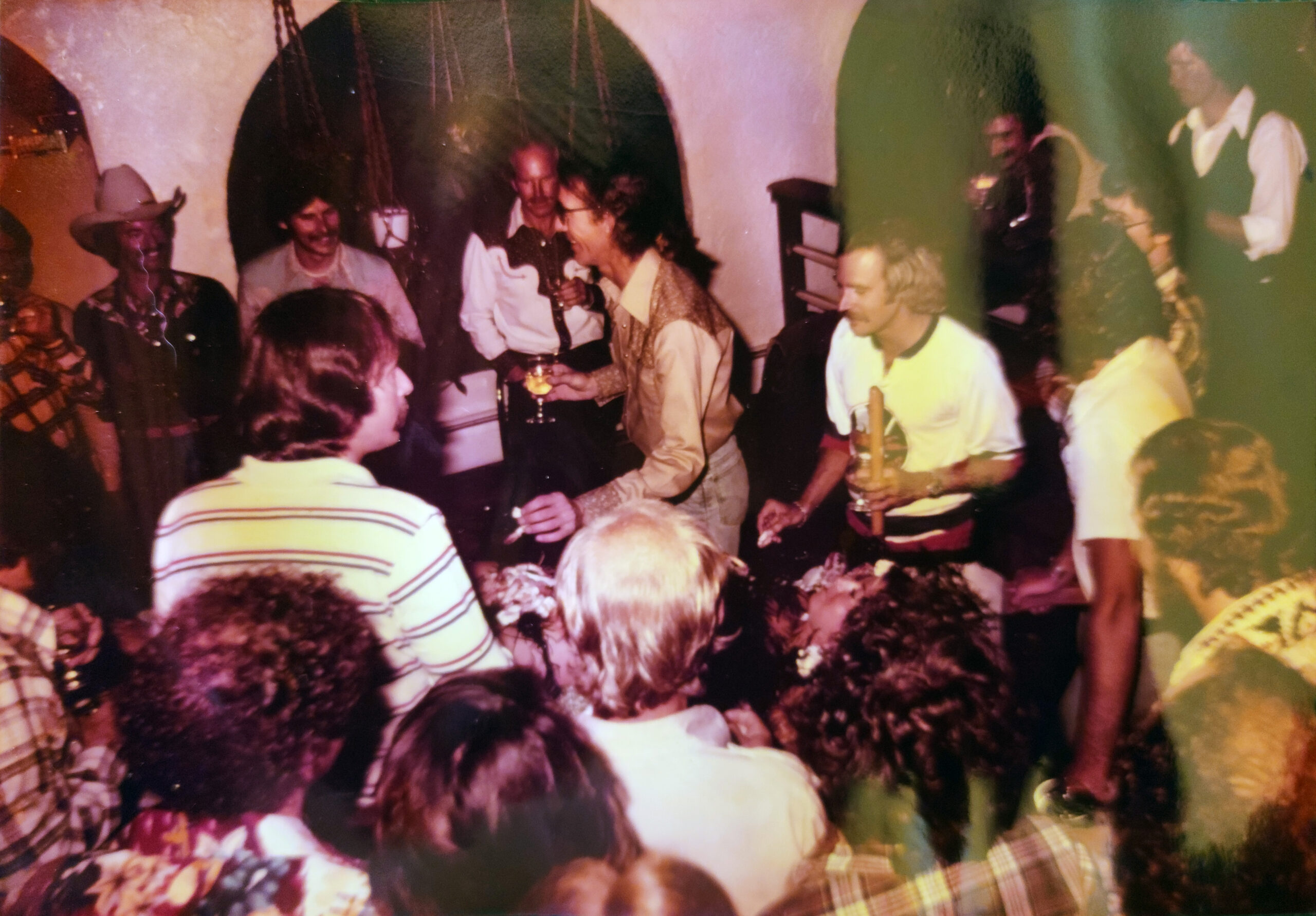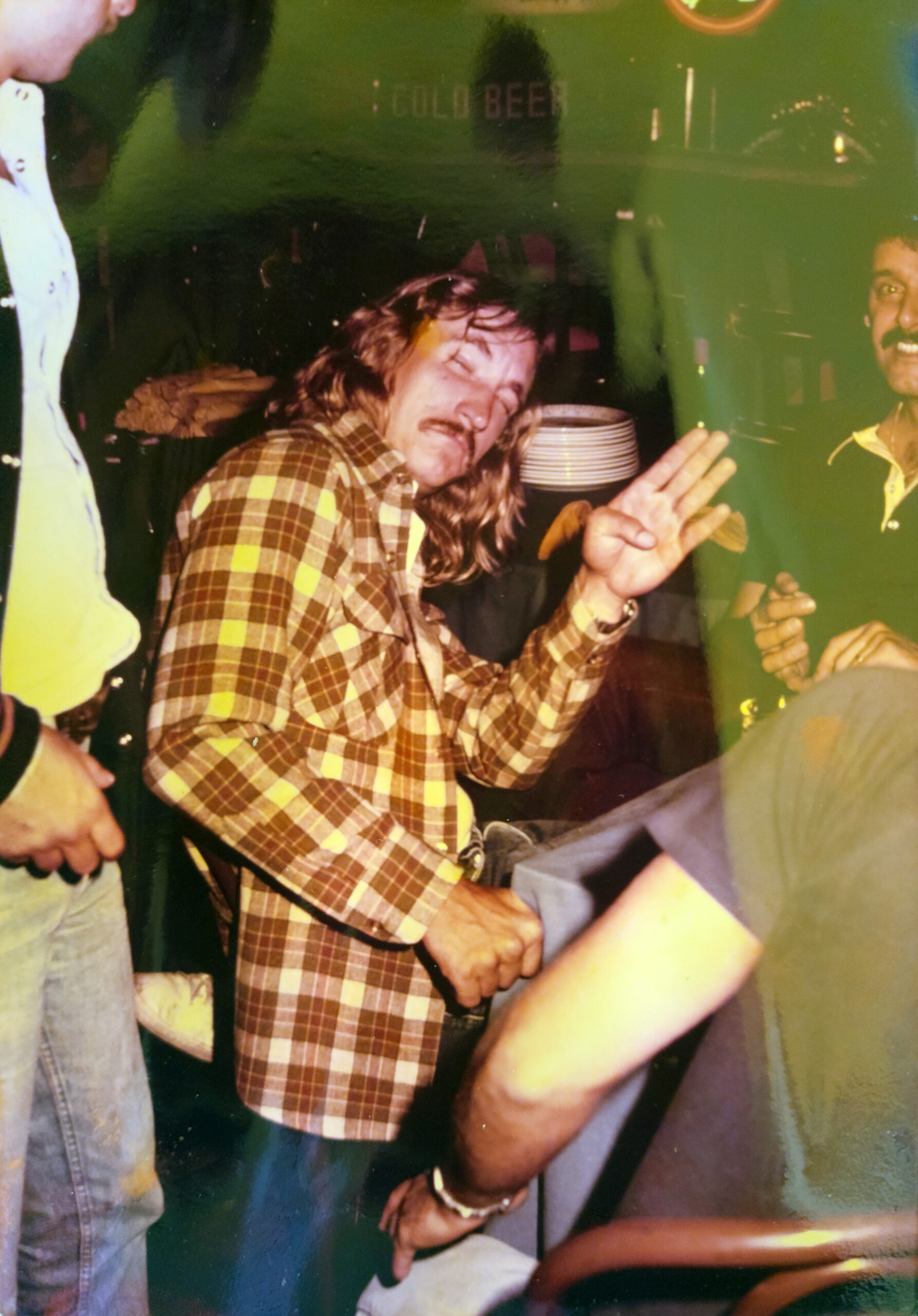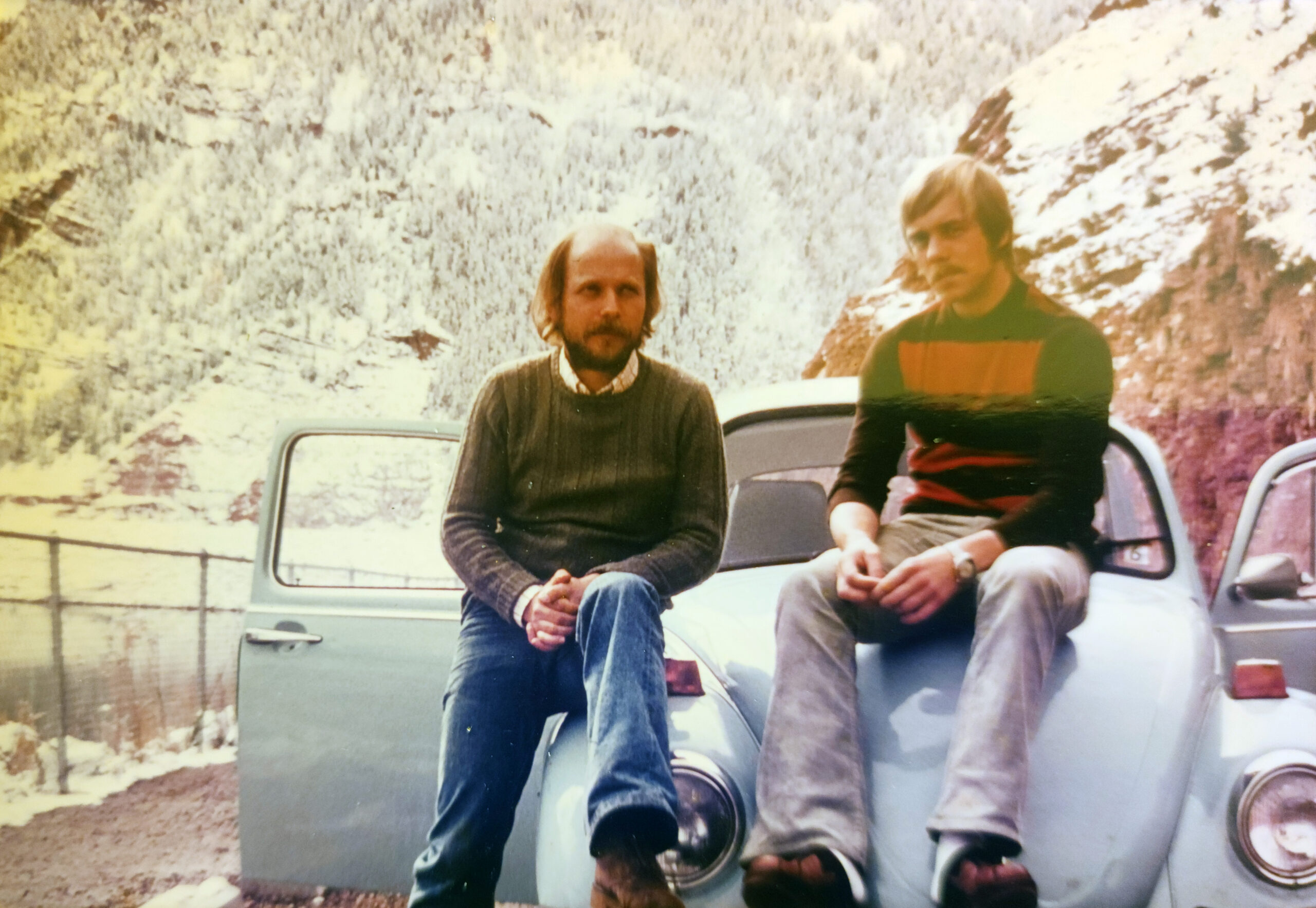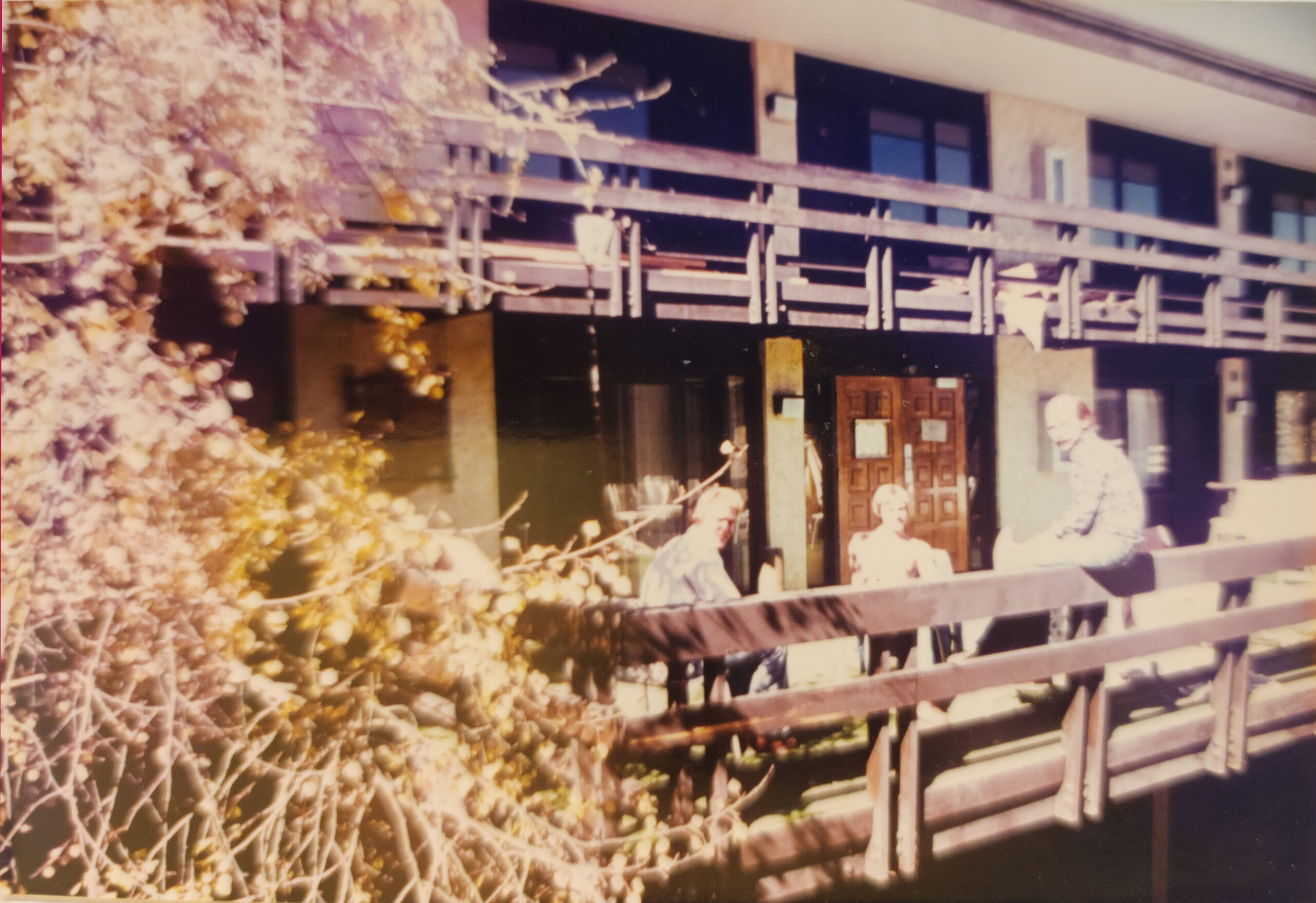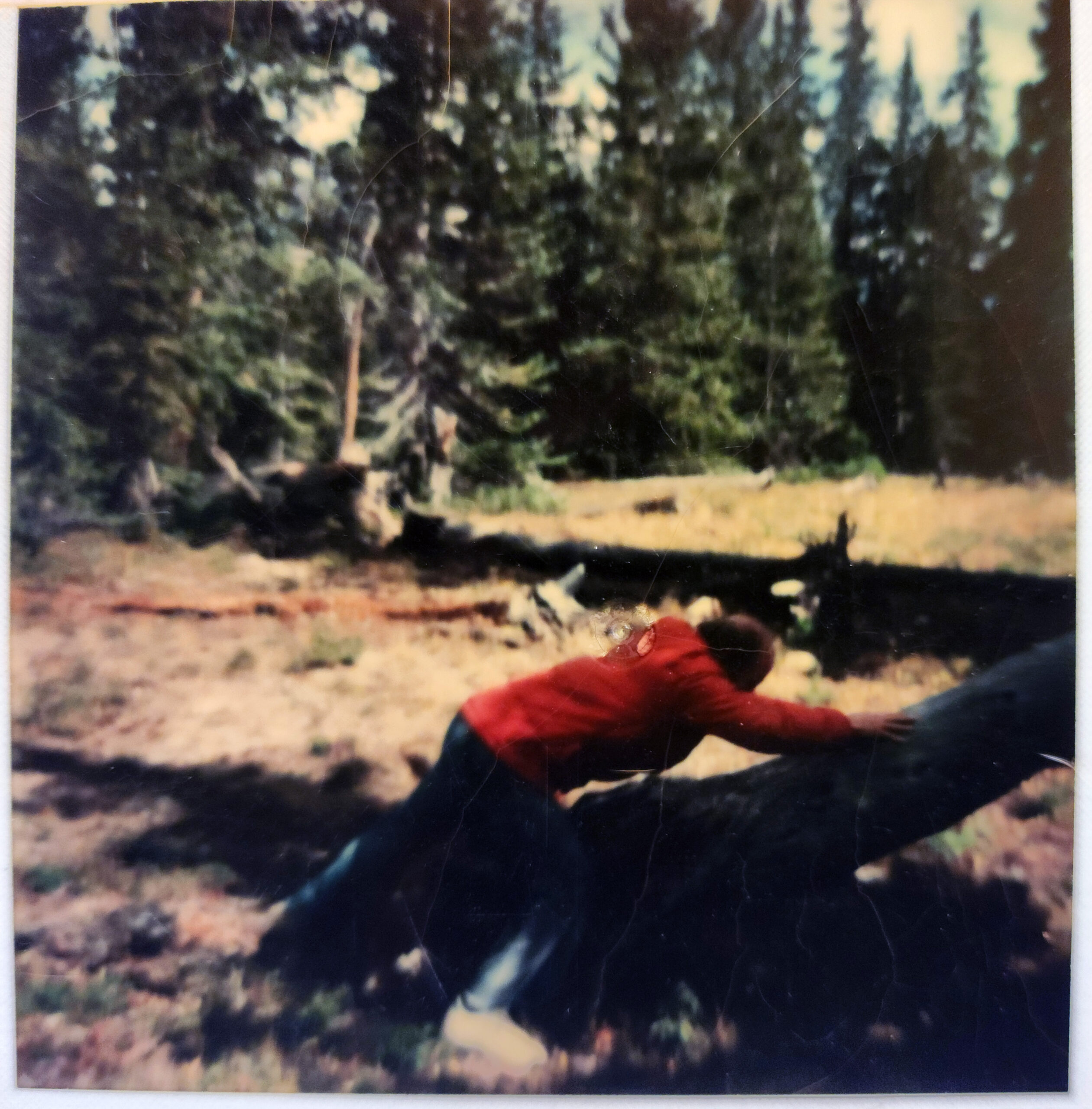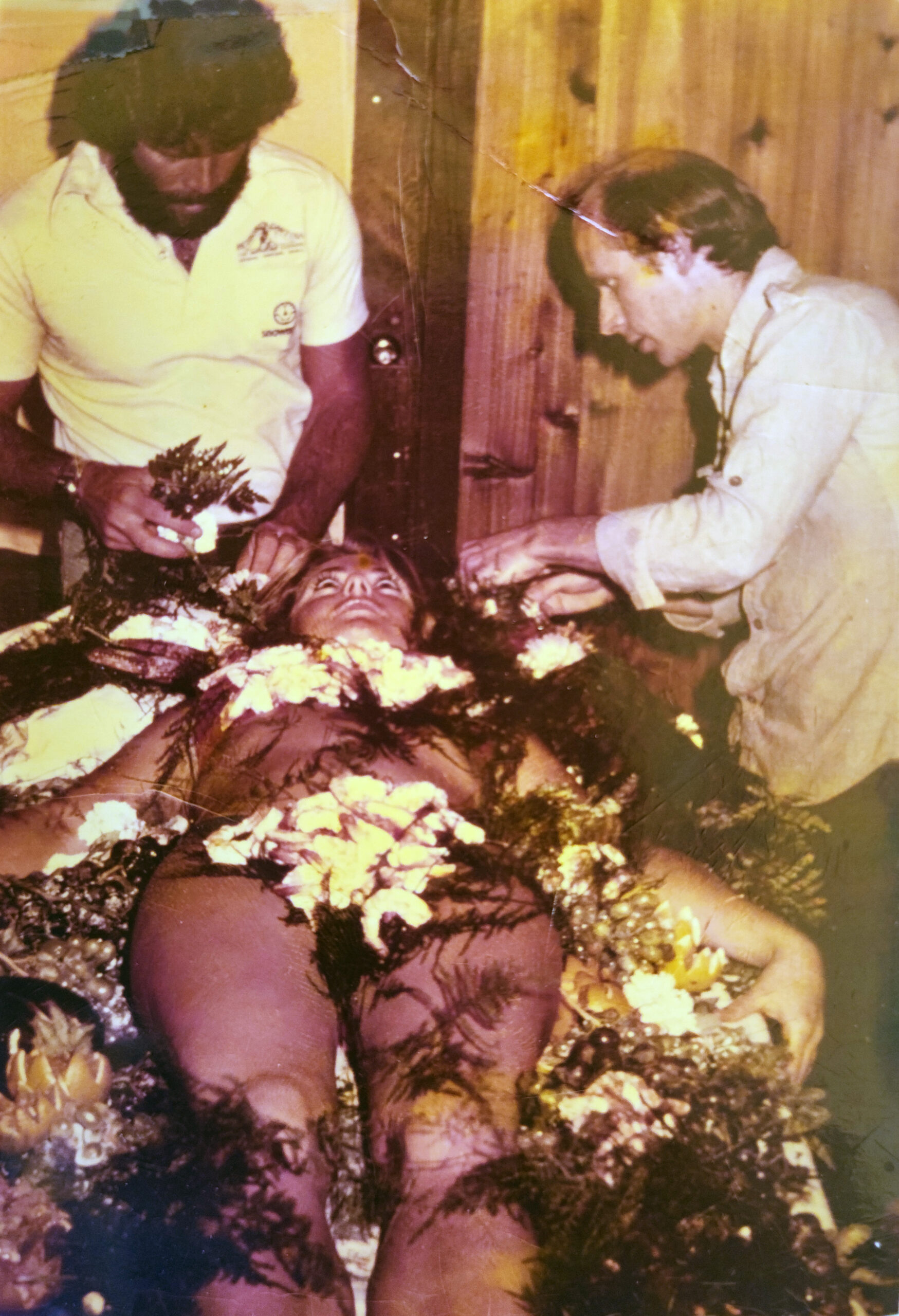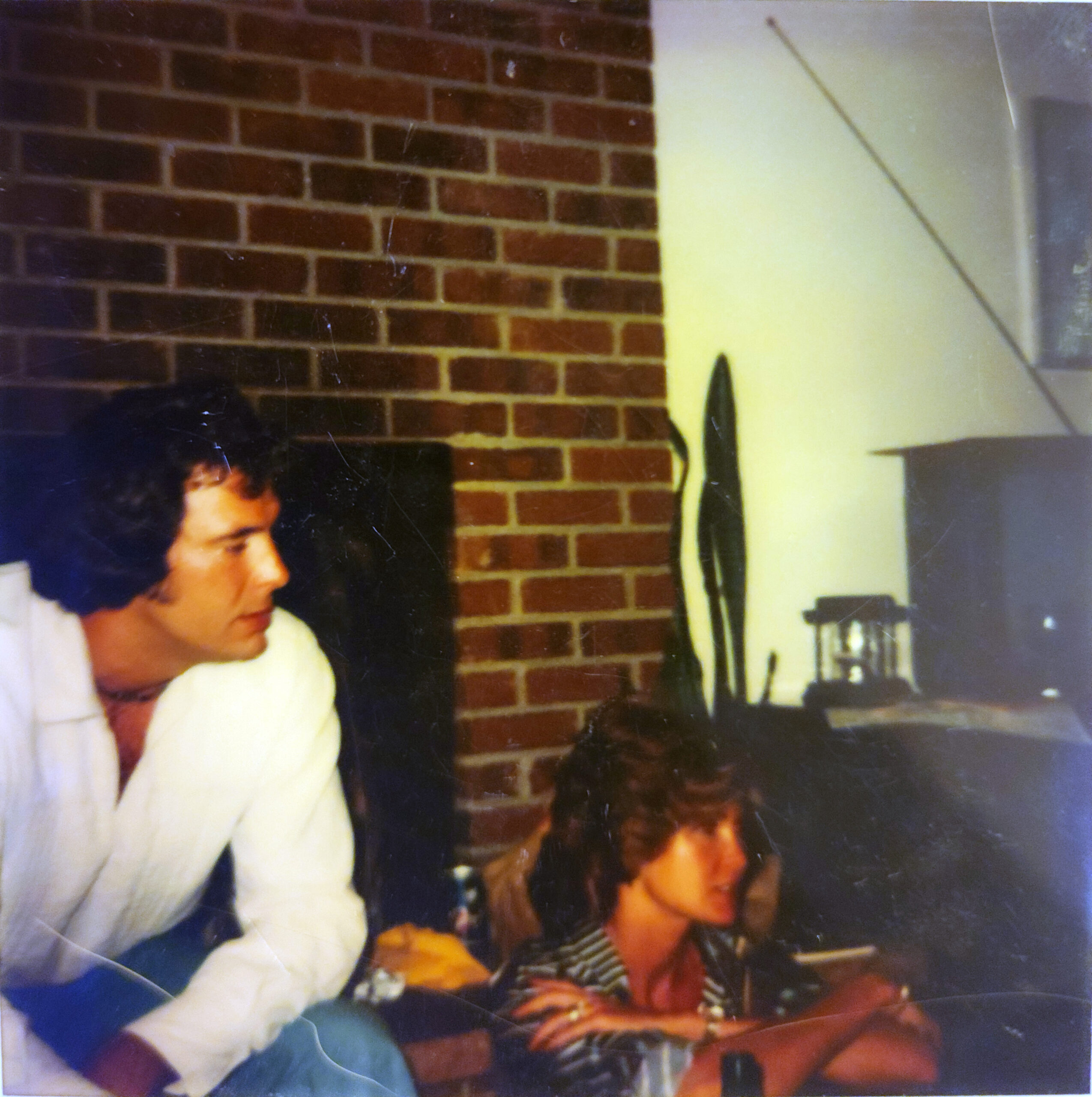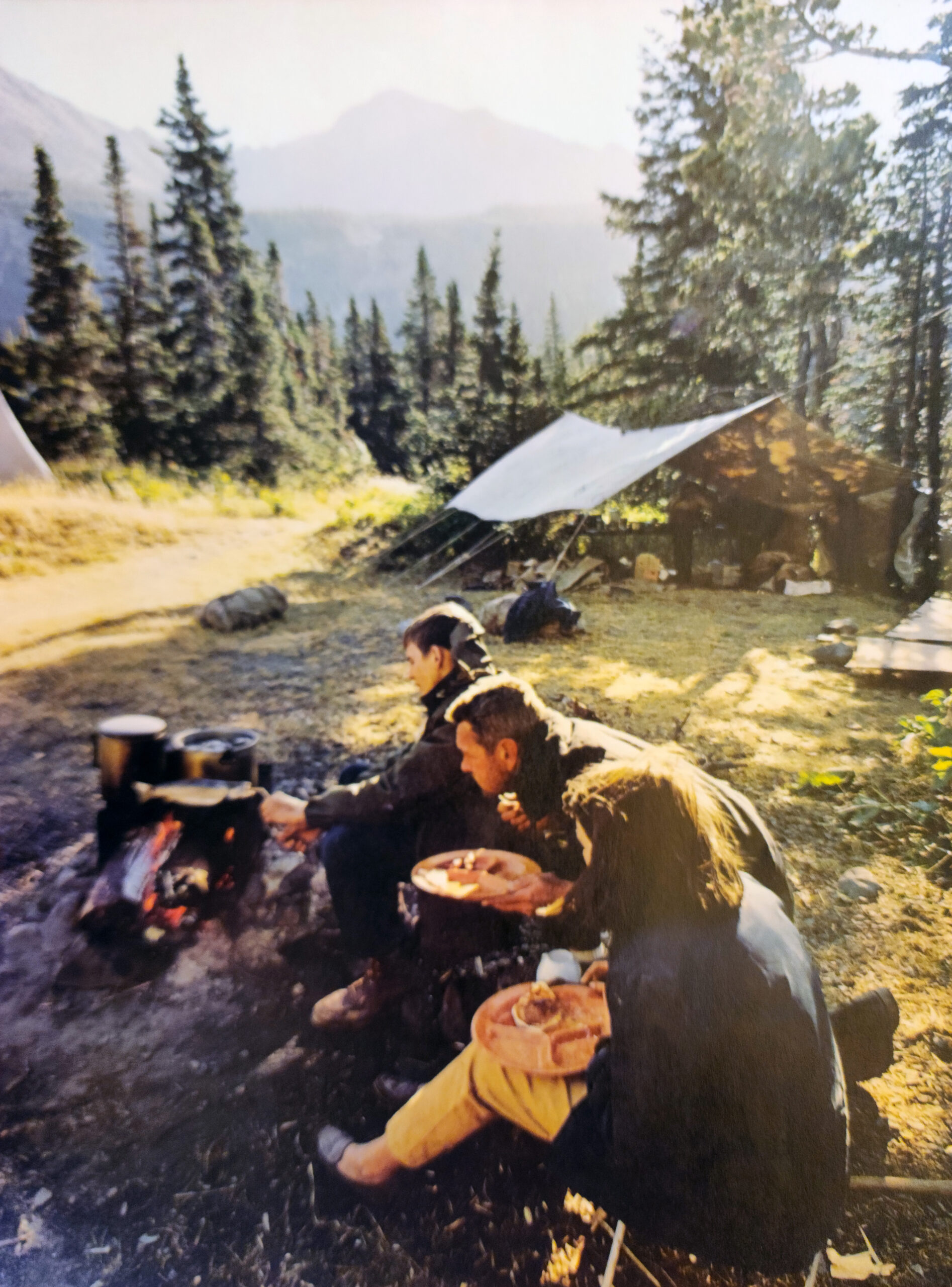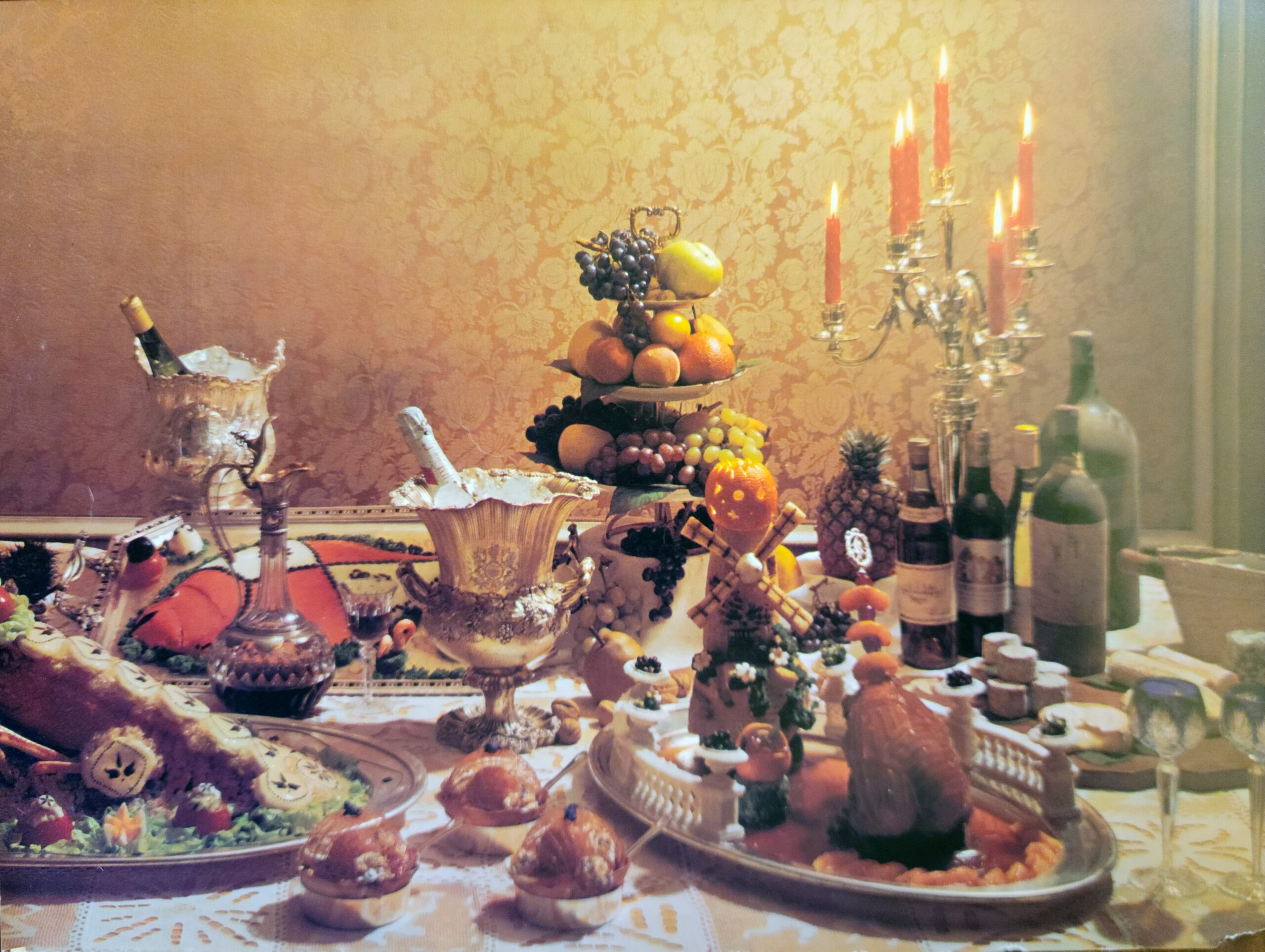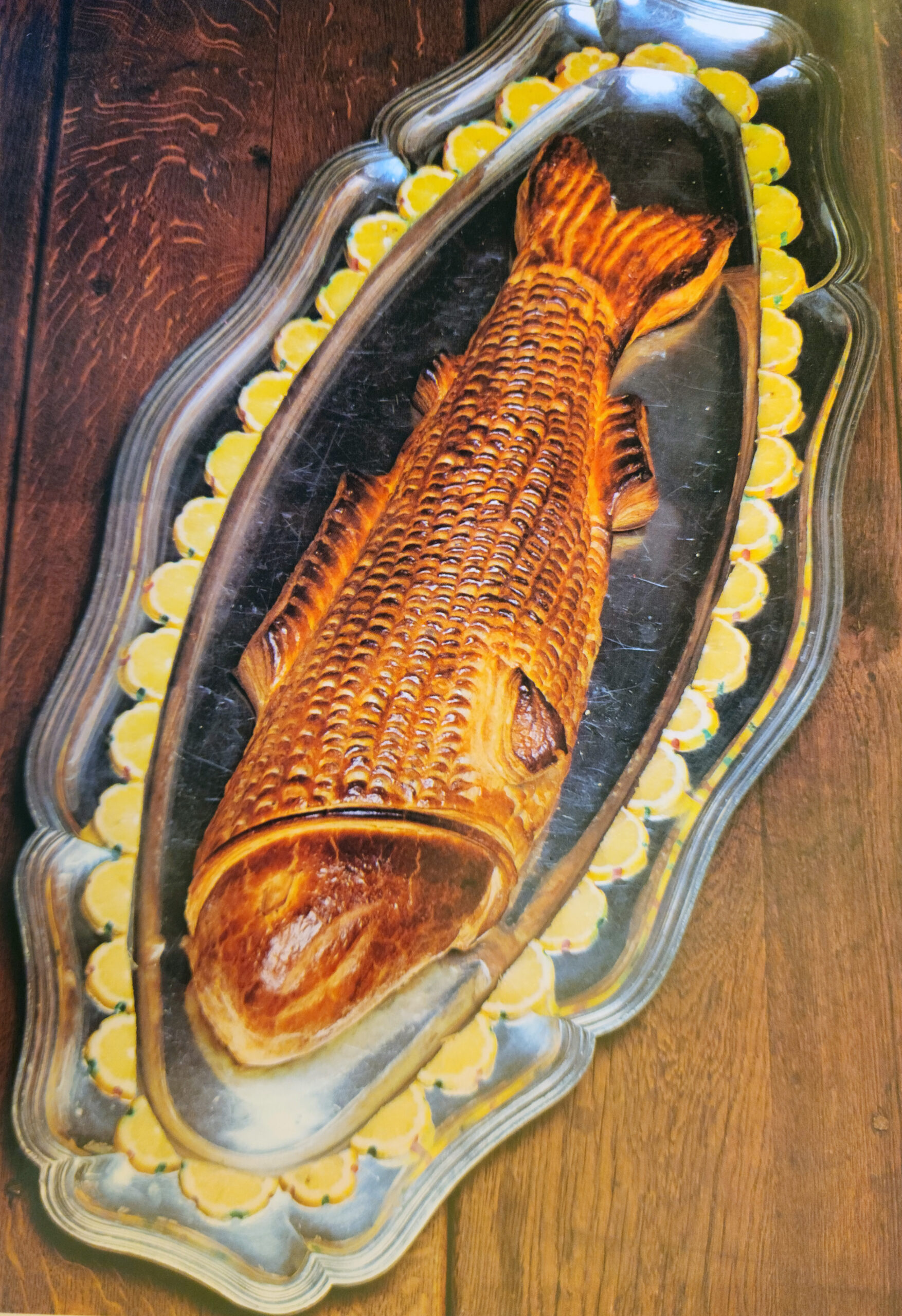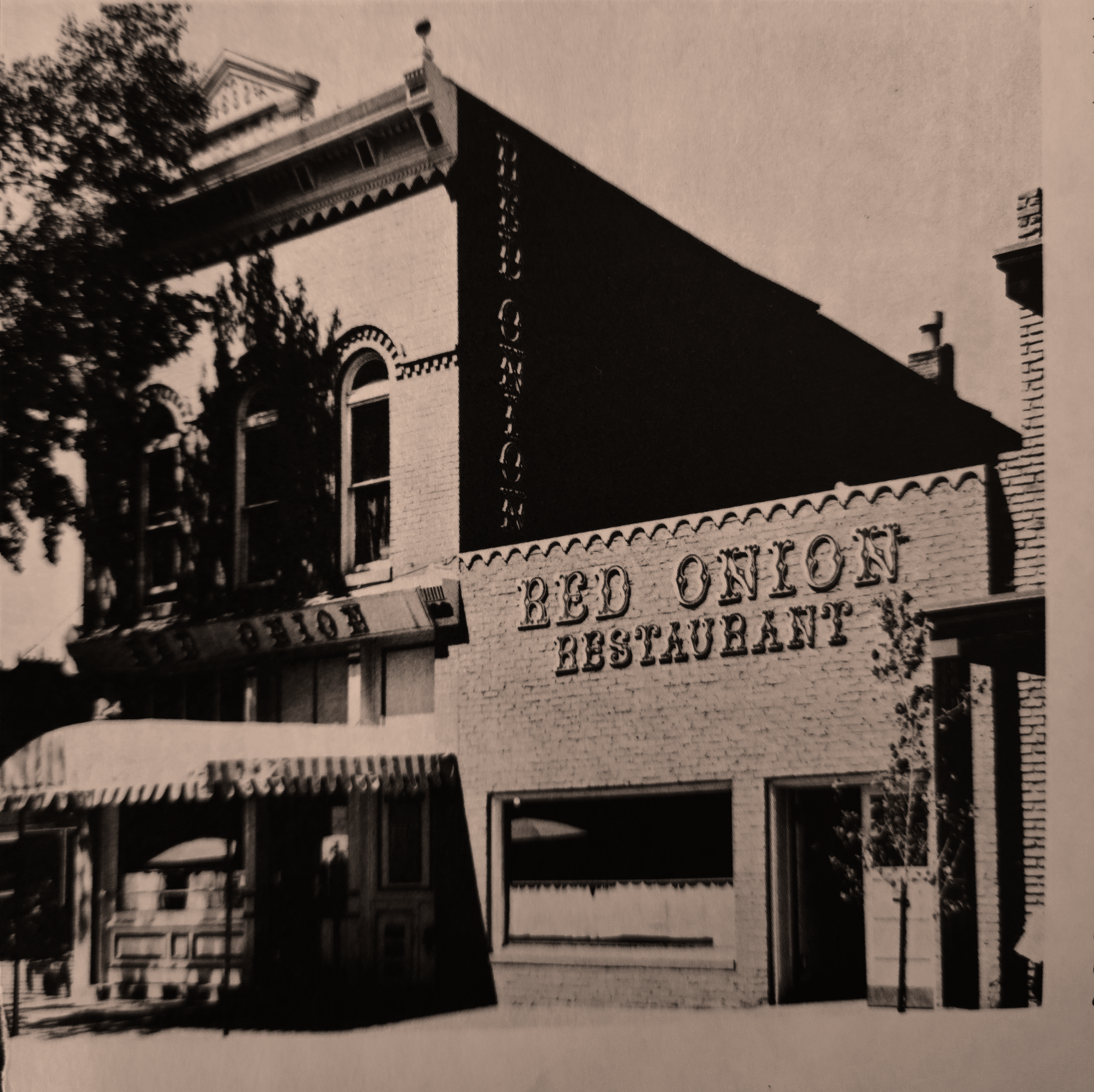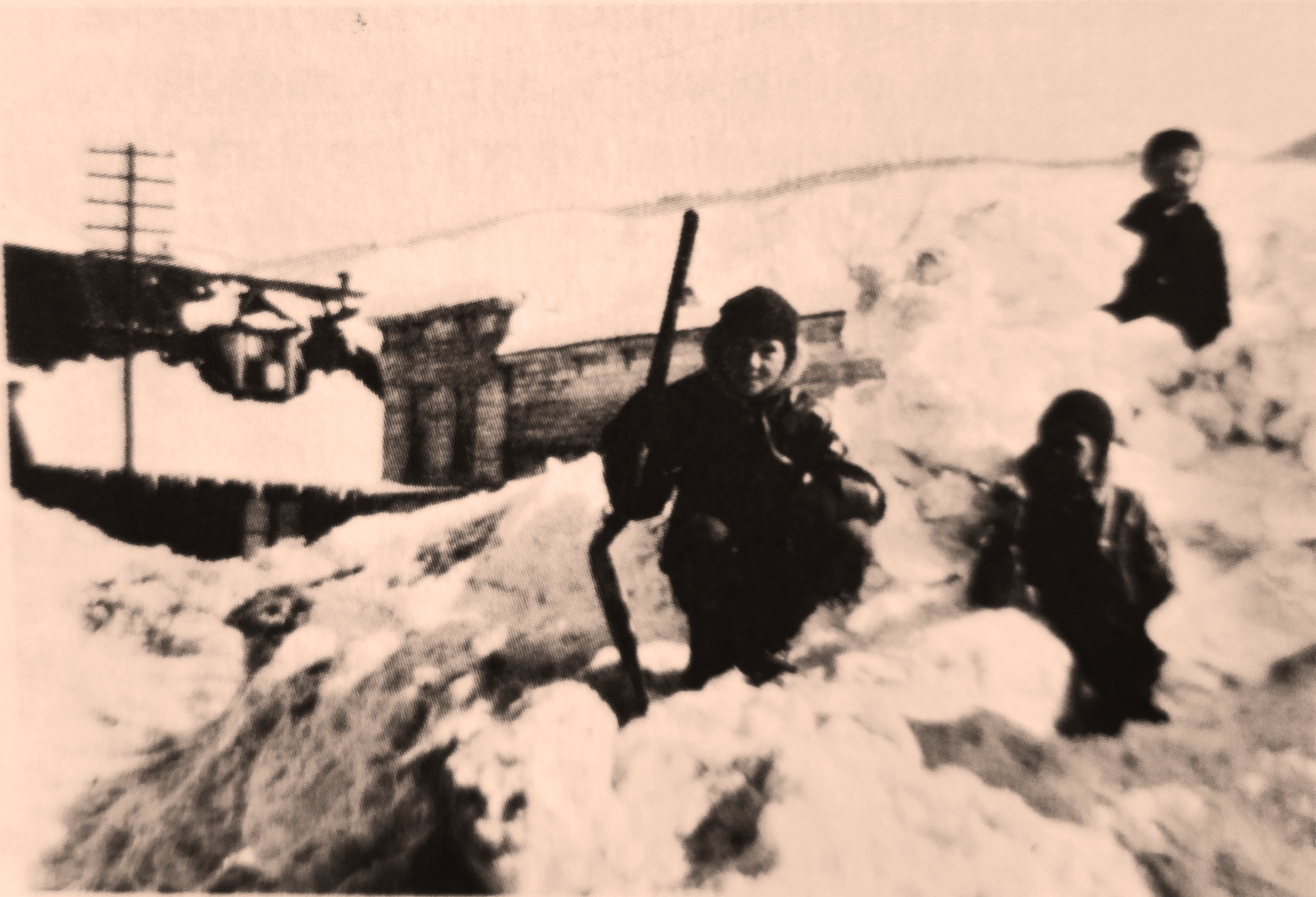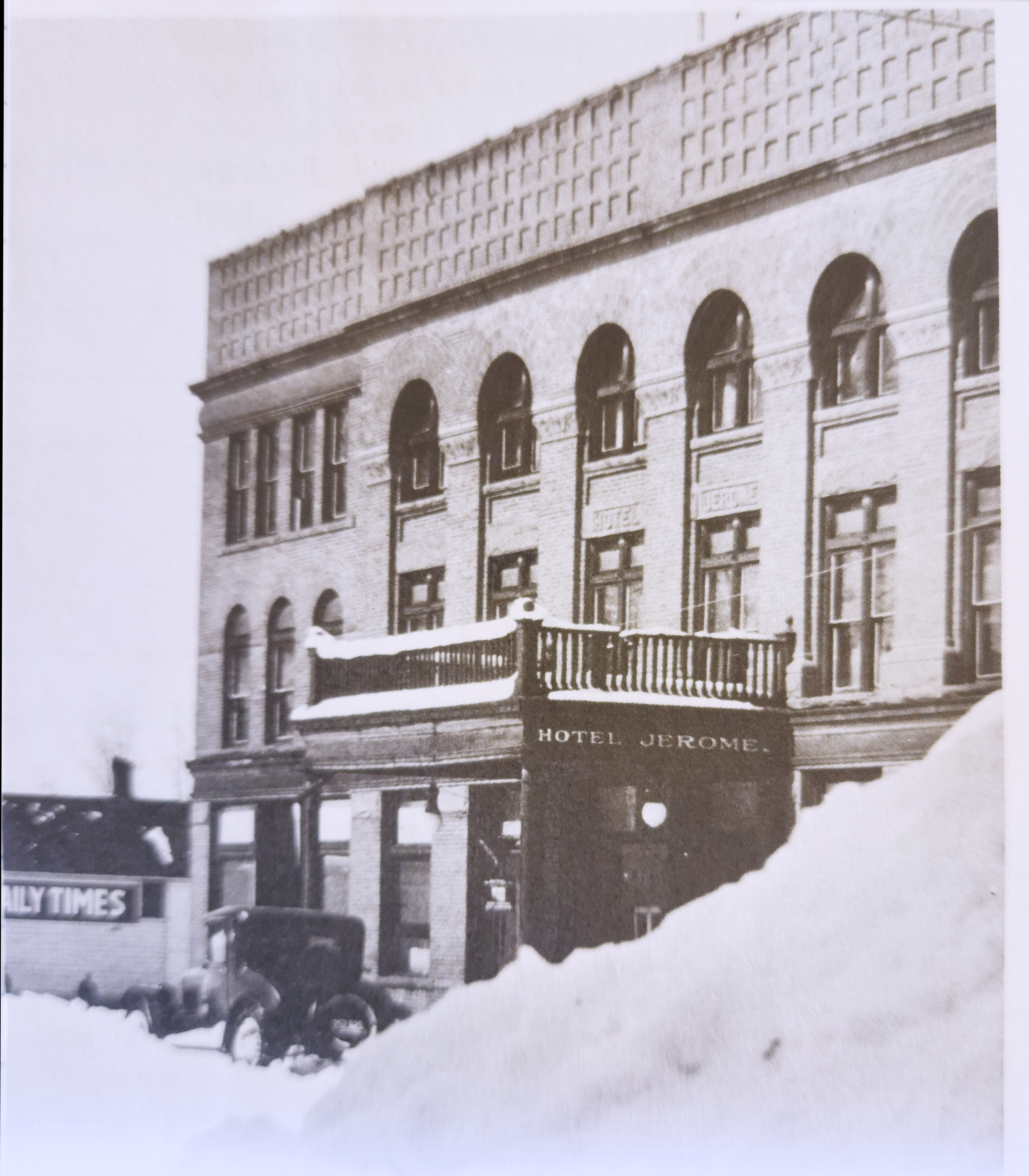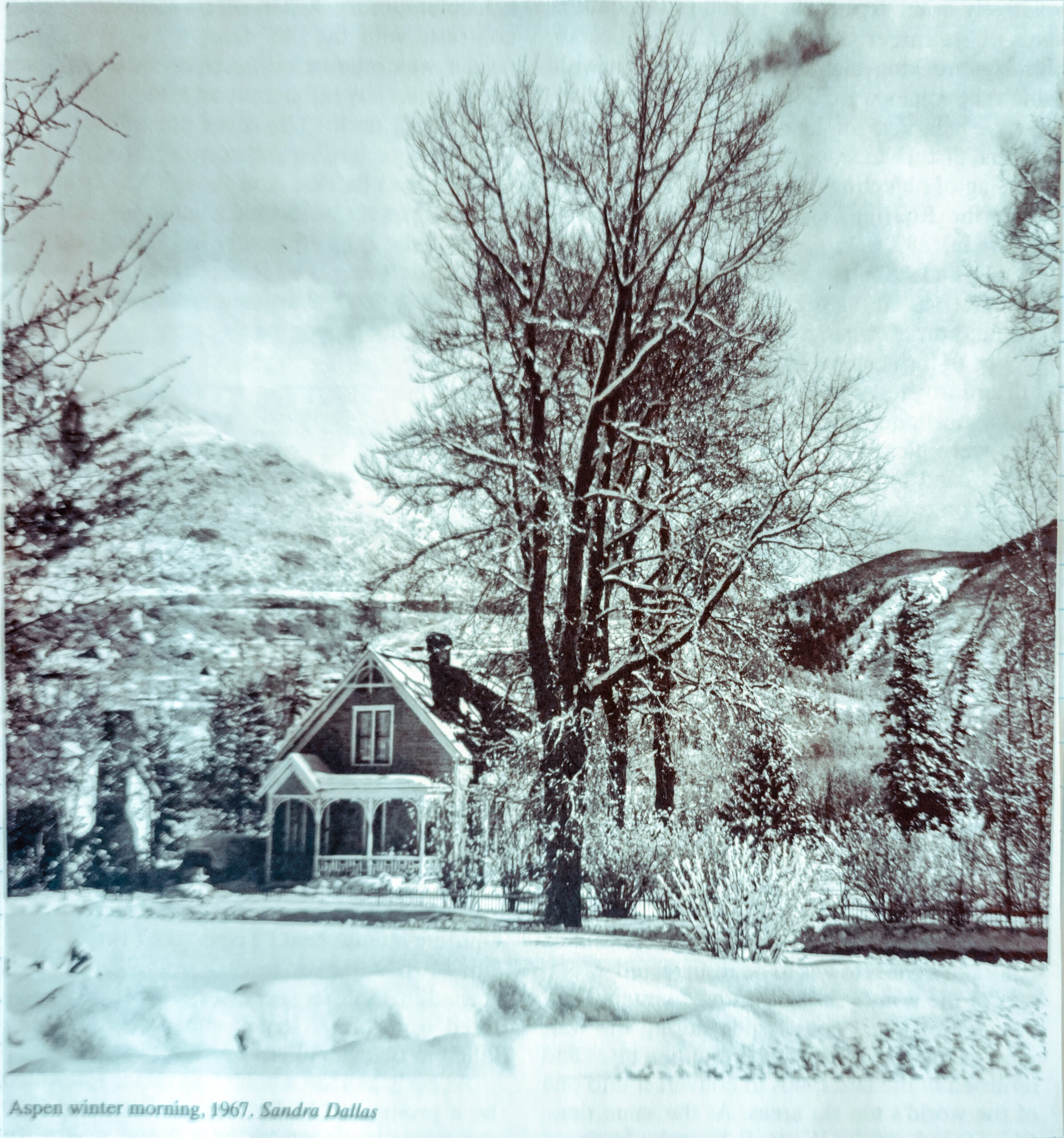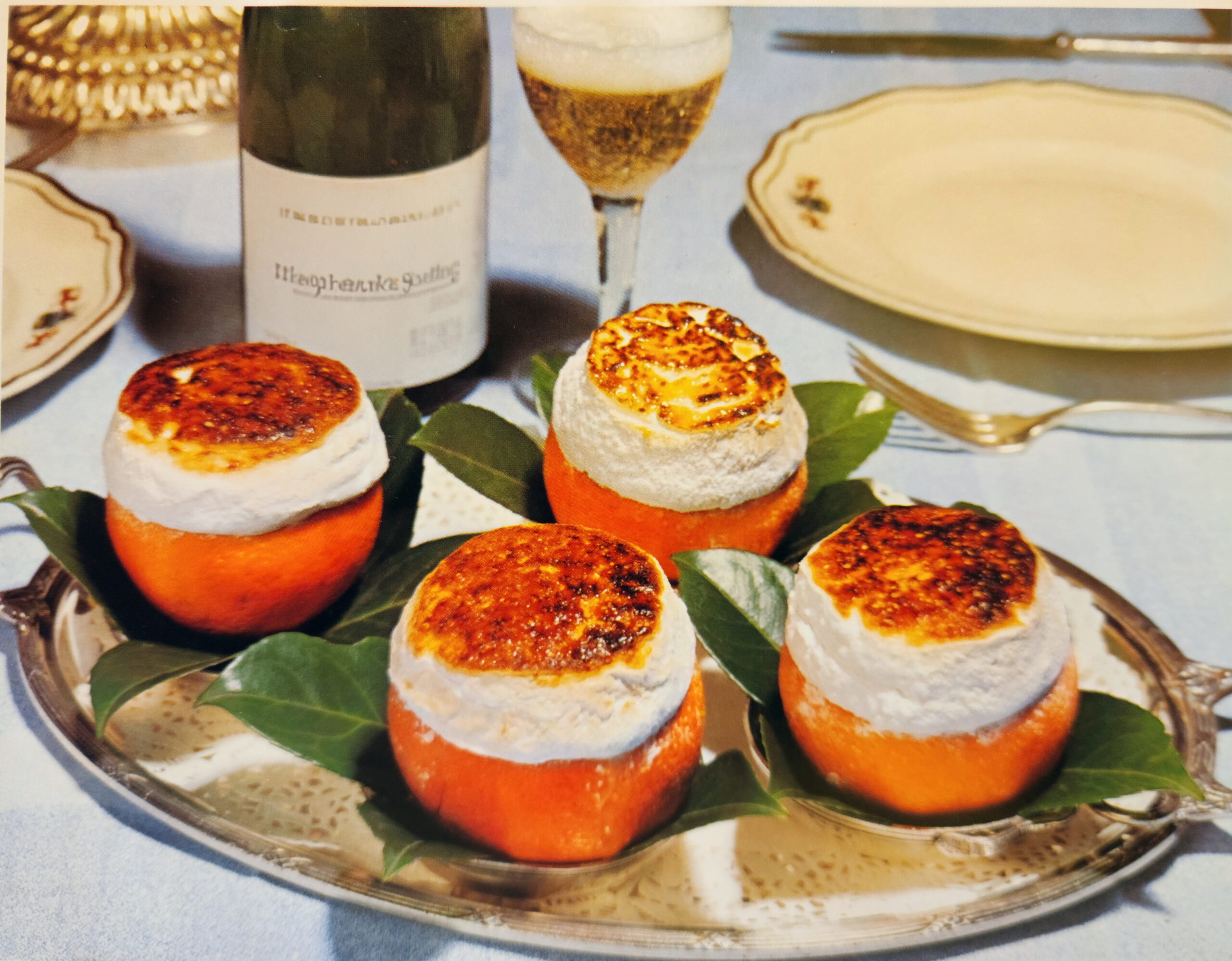From Ghost Town to Glamour: The Fascinating Transformation of Aspen, Colorado
All right, let me give you a brief overview of Aspen, its history, and also of Snowmass. Of all the Colorado mining towns, Aspen is currently the least “ghost-like,” with about half of the 12,000 Aspenites living there full-time. It is the most populated of Colorado’s boom towns, but in 1920, it almost died out, with only a few hundred people remaining.
Aspen’s silver mines, such as Durand, Aspen, Molly Gibson, and a dozen others, were discovered in 1879, and it was showtime. A few crazies stayed through the first winter in a small settlement they called “Ute City,” at the feet of Aspen, Smuggler, and Red Mountain. In 1880, they were joined by B. Clark Wheeler, a promoter and speculator who made the trek over Independence Pass to look at claims. The town site was renamed Aspen. Wheeler returned to Leadville to promote the site and came back with 1,000 men that first summer. However, it was not successful at all, and by winter, the town was down to 35 folks. Some of them were women, including a merchant by the name of H.P. Covenhoven, his wife, daughter Kathy, and his clerk, David R. Brown.
They called him a fool because he helped many luckless prospectors. “The boys have to eat,” he explained when asked why he carried so many worthless accounts on his books. One customer, who had run up a bill of about $400, settled it by giving Covenhoven part interest in the Aspen Mine. This later made him, the clerk, his wife, and his daughter a fortune.
This changed in 1883 when Jerome B. Wheeler—no relation to B. Clark Wheeler—came to town. This merchant liked what he saw, and along with friends from his hometown, New York, invested in Aspen. He also built the Wheeler Opera House and Hotel Jerome. The Aspen Times reported that the town had 5,500 residents, 10 laundries, 16 hotels, 10 cigar stores, 5 brick houses, 3 fruit stands, 3 water barges, 31 lawyers, one temperance society, 115 cabins, and 1,500 men looking for wives. Lonely men could find company in dance halls, 15 sporting houses, and 40 saloons. In 1887, the railroad arrived via the narrow-gauge Denver & Rio Grande. It became a boomtown like no other silver town.
The newly wealthy built mansions and attended musical plays, masquerade balls, library gatherings, and horse races. They dined on caviar, lobster, and oysters in hotels like Jerome’s, which featured glittering crystal, polished wood, gleaming brass, and marble. A water-powered elevator, greenhouses that provided exotic flowers and vegetables in the winter, and each guest room had a marble bath. Unlike its neighbor Leadville, Aspen had little crime within the city limits. Whorehouses were allowed but were out of the way on Durant Avenue and basically ignored.
The crash of 1893 ended the silver mining boom. Many went broke and left the region. The town went into a deep sleep, and the snow, once a great nuisance to miners, became the new boom after World War II. Snow reinvented itself as America’s premier ski resort. Many of the houses and commercial buildings have been restored, and some streets have been converted into brick malls. Contemporary Aspen offers some intriguing contrasts with the old Aspen, which was relatively crime-free. Today’s Aspen—or at least when I lived there—was nationally publicized for its highly lucrative illegal drug trade. But Aspen is still beautiful and embroiled in no-growth battles. It is an open and liberal town. One thing remains unchanged: money. Harper’s noted in an 1889 article that “Aspen is not a poor man’s camp,” and that remains true today.
During a conversation with an old friend who still lives there, I was told that during the time of COVID, Aspen was a refuge for the super-wealthy. Their jets had to be parked on the grass because there were so many. So, one can never feel guilty about the residents of Aspen.
I also hope you liked the pictures of Aspen, the old times, Jimmy’s bachelor party, the wineskin, friends, and a few dishes we served at the restaurant. Also, on this site, check out the videos of the beautiful state of Colorado, including a notable video about fishing in the clear rivers in the mountains and how to make Beef Wellington. We only work with the freshest ingredients when possible.
This is only a bit of what happened when I lived there, and I will give you many more details later. Also, check out our two podcasts about the state of Colorado. I hope you have a wonderful day, and I would like to say goodbye from the beautiful city of Granada, Nicaragua. Follow us on chefjourneys.com.
